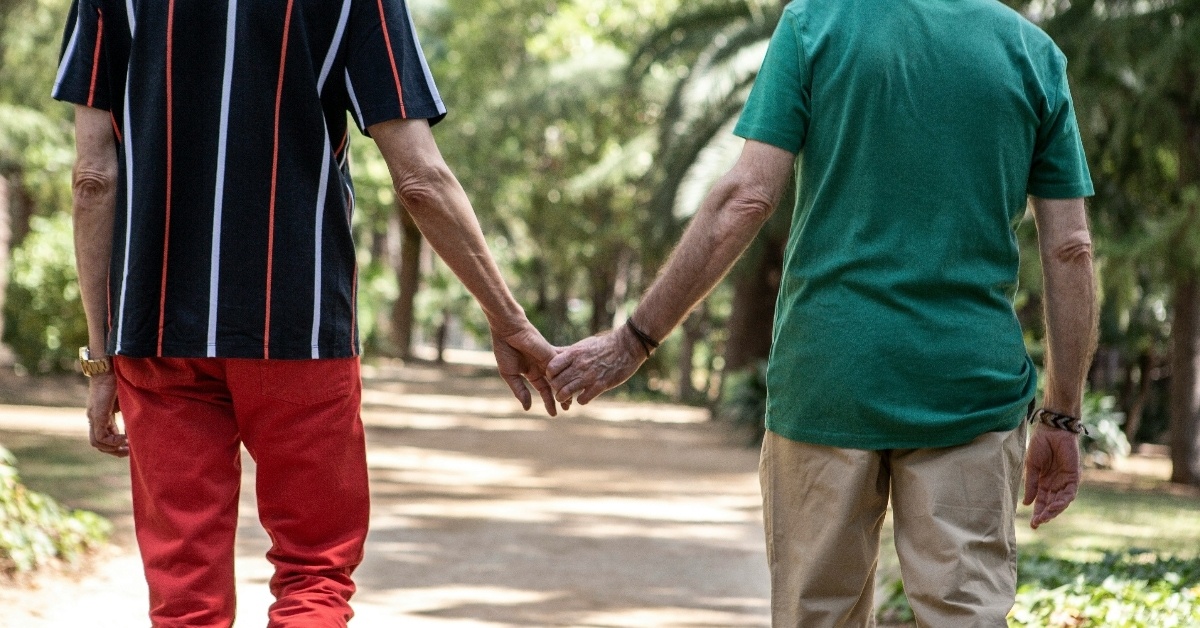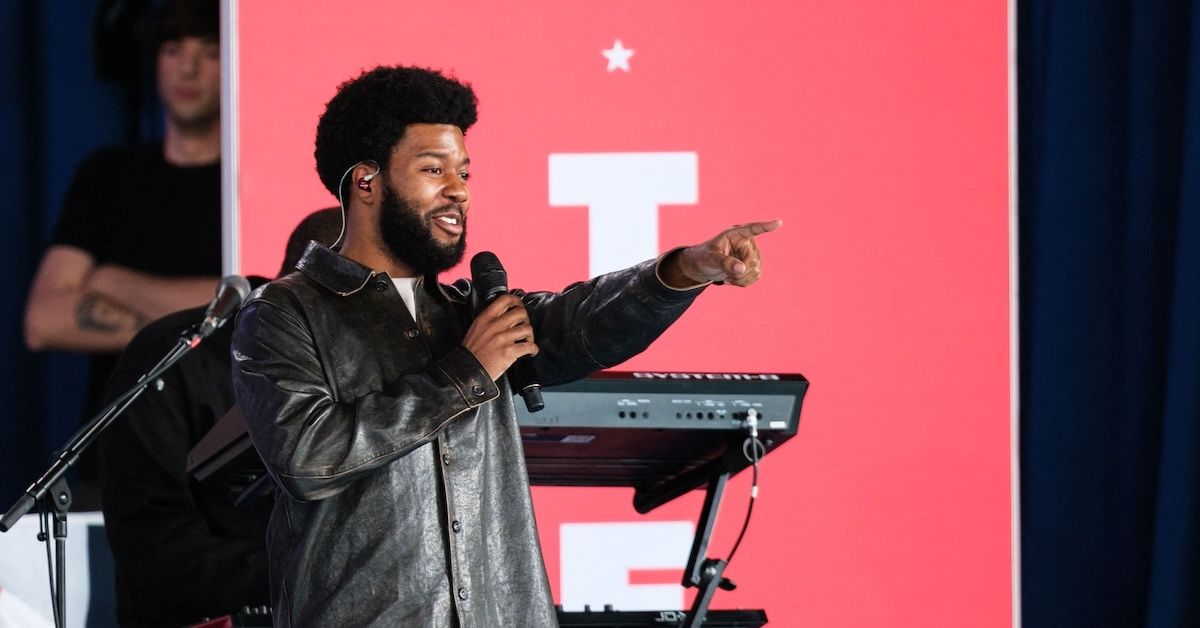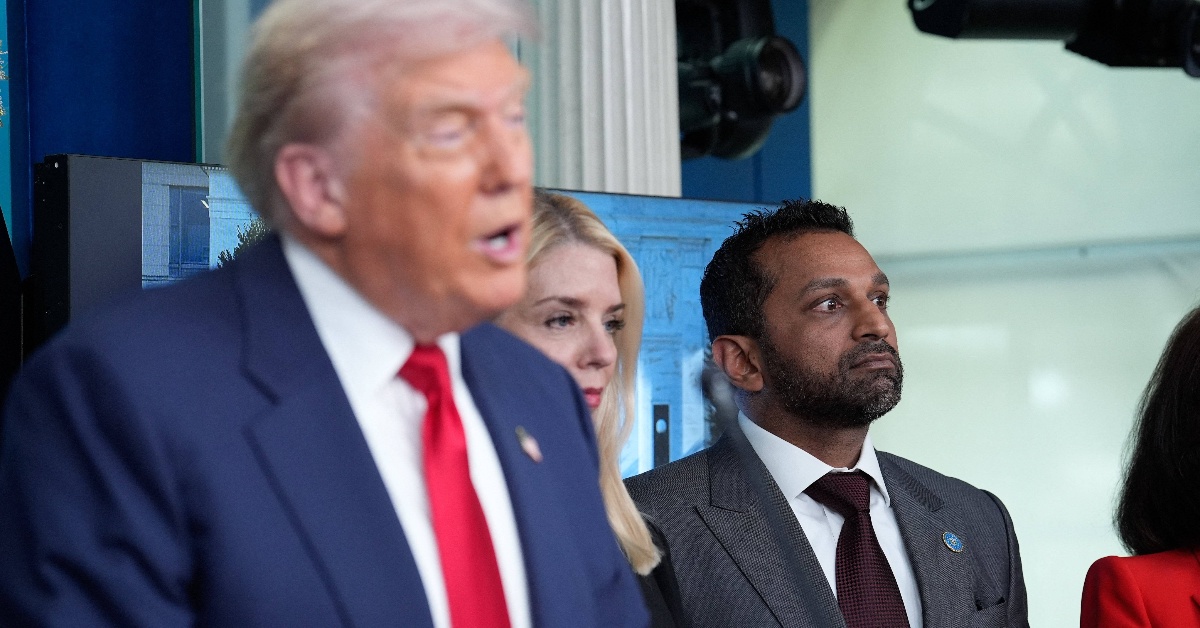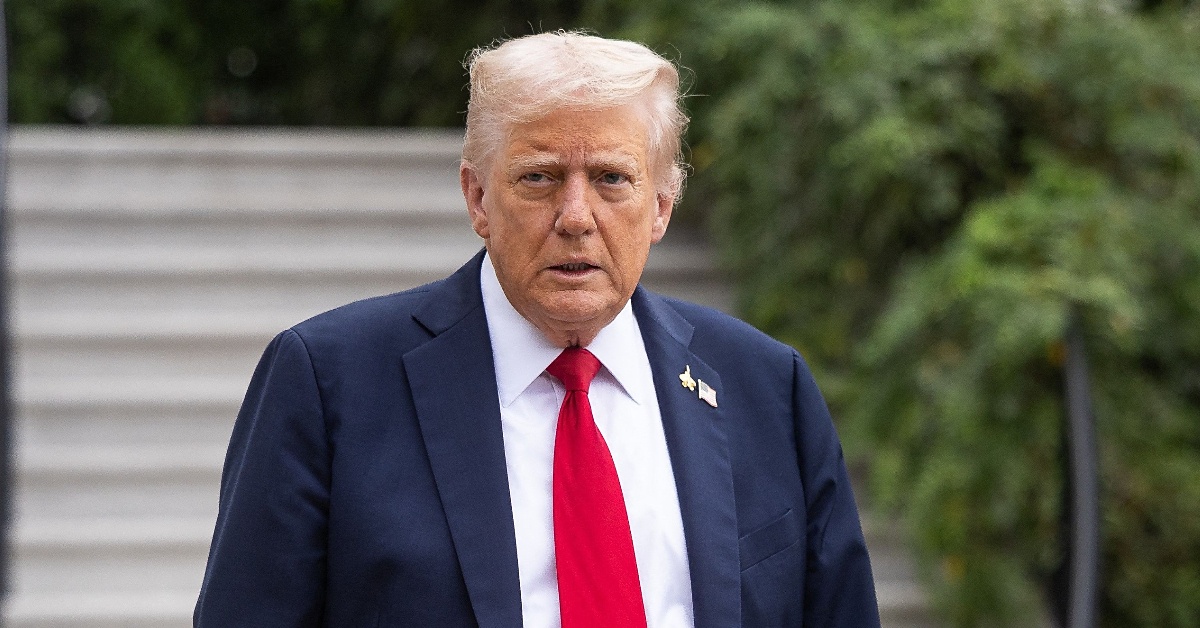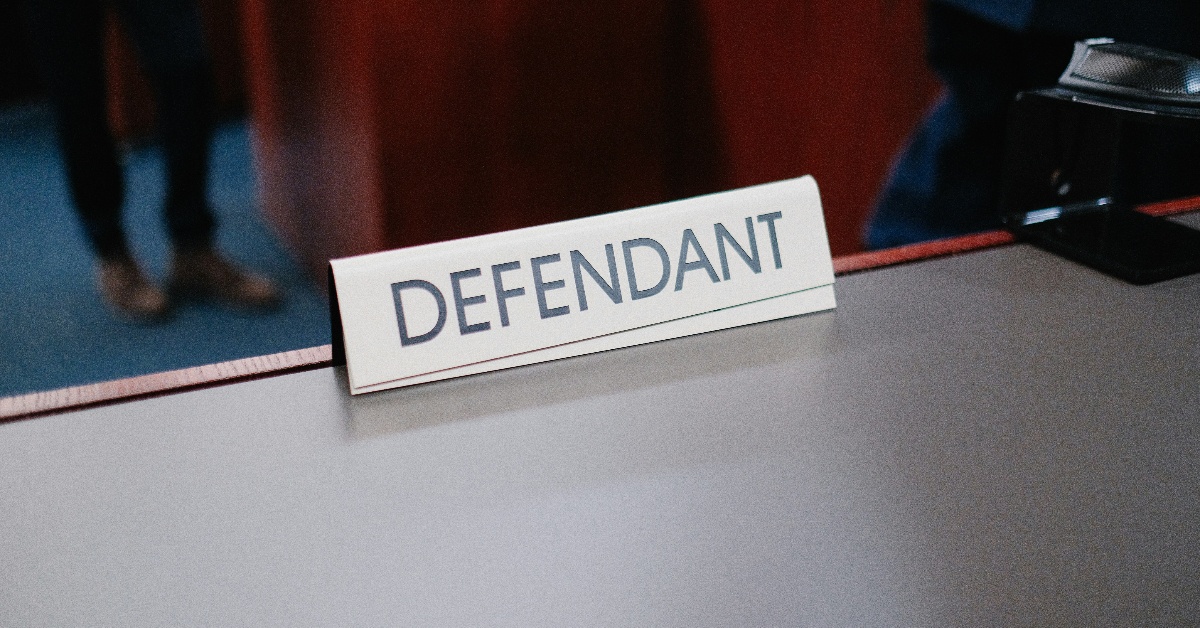BY: DM
Published 1 hour ago
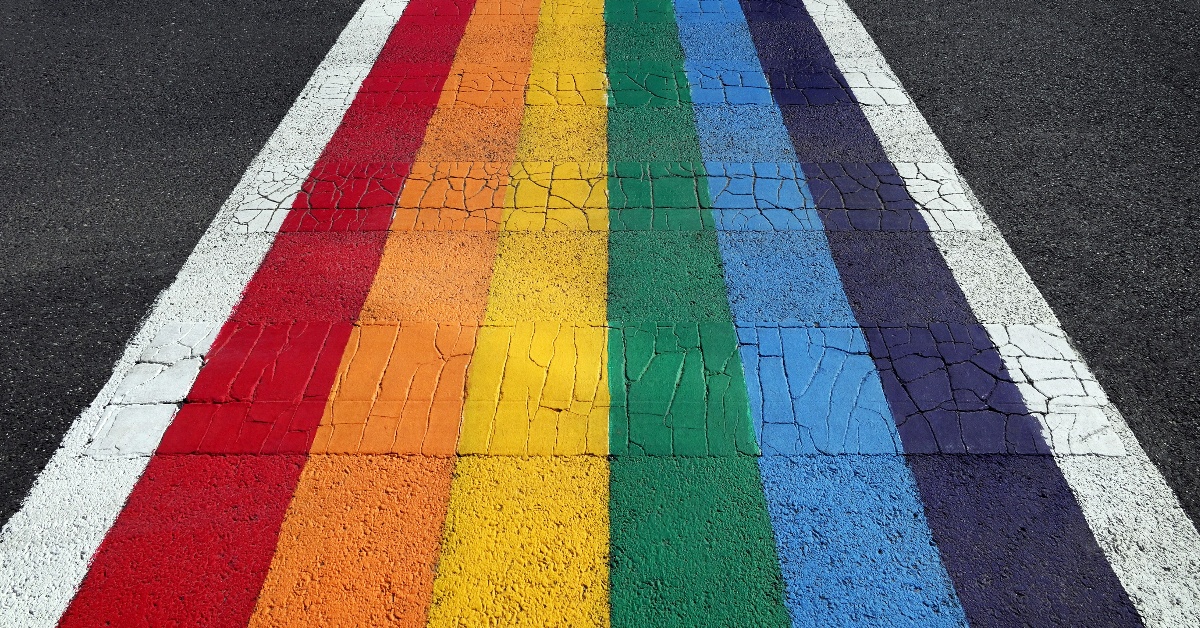
October is here, and that means it’s time to celebrate LGBTQIA+ History Month. The month now stands as a calendar of lessons, icons, rallies, and resource packs. It began with a teacher who refused to let queer stories be erased from textbooks. Here is a look at how the observance came to be and how it is celebrated.
LGBTQIA+ History Month is celebrated in the U.S. and the U.K.
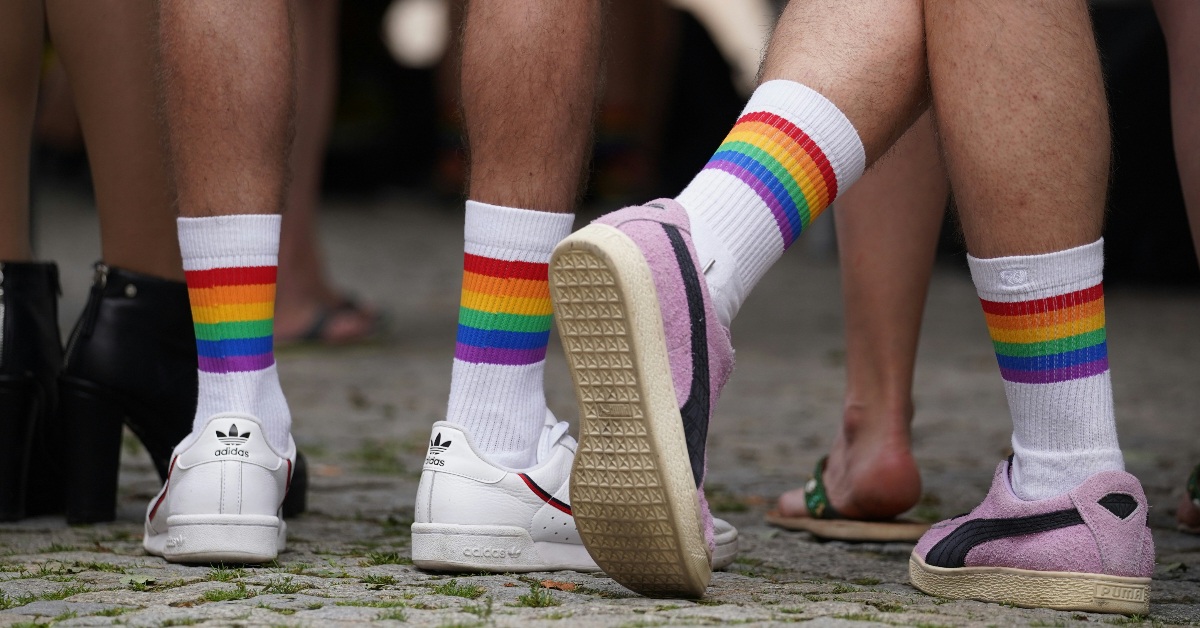
In the United States, the story starts in 1994 in Missouri. Rodney Wilson, a high-school history teacher completing graduate work, took his class to the Holocaust Museum and realized his students had no context for queer lives in history. He remembers that textbooks “had not one reference of any kind to an LGBTQIA+ person or to any LGBTQIA+ history,” he told NPR. That realization pushed him to create what he first called Gay History Month — later renamed Lesbian and Gay History Month. He chose October because schools are in session and because it already holds National Coming Out Day along with the anniversaries of the 1979 and 1987 Marches on Washington.
“My hope, though, is that over time, we become a warmer, more welcoming community. No matter what our ethnic background, whatever our employment background, whatever our sexual orientation or gender identity or religion, I hope that we can just learn to let everybody live in peace,” Wilson told NPR. “As long as no one is hurting another person, there should be no reason to try to restrict their behavior. Allow people to have autonomy over their lives, over themselves, and stop trying to get in everyone’s business.”
According to the Library of Congress, in 1995, the National Education Association passed a resolution that included LGBT History Month in its list of commemorative months. By the 2000s, organizations and city and state officials had begun issuing proclamations and hosting events.
Across the pond, the idea landed differently — and in a different month. In the U.K., Schools OUT UK co-chairs Sue Sanders and Paul Patrick launched LGBTQIA+ History Month in February 2005. Their effort came in the wake of Section 28’s repeal and amid campaigns to bring LGBTQIA+ topics into school curricula.
What can you expect during LGBTQIA+ History Month?
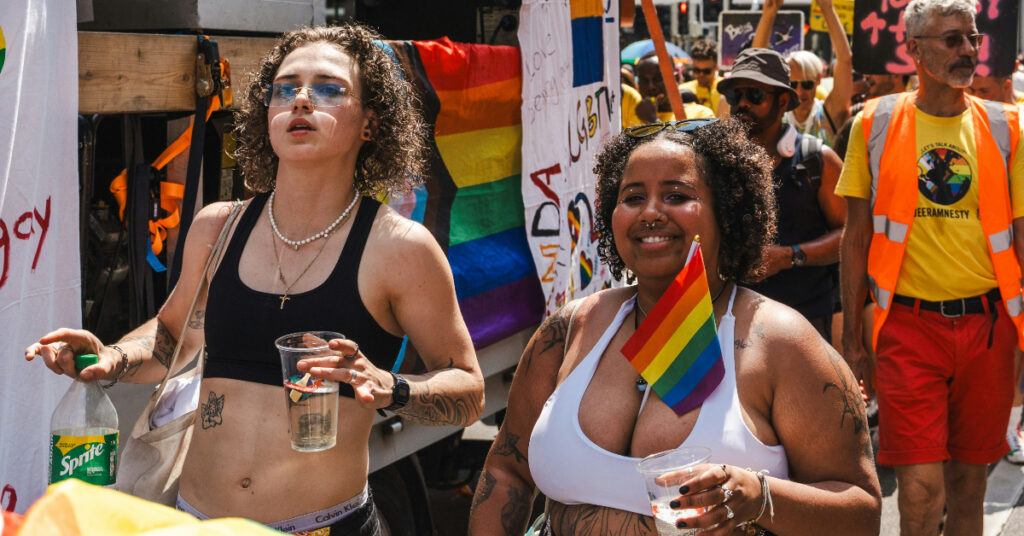
In the U.S., Equality Forum’s program releases 31 icons each October, one per day, with multimedia resources for classrooms and newsrooms. Local nonprofits host panels, museums curate exhibits, and pride organizations run teach-ins and film nights. Educators use the month to teach about figures often erased from mainstream histories — activists, artists, patients who challenged medical stigma, and political trailblazers.
In the U.K., Schools OUT provides classroom packs, national launch events, and a focused theme that helps teachers frame lessons and assemblies. Allies can show support by attending school panels, amplifying daily icons on social media, volunteering for launches, and pushing for permanent curriculum changes instead of one-off tokenism.
Internationally, more than a dozen countries now recognize versions of the month. However, the work for advancement is not done. The Stonewall uprising in June 1969 helped ignite modern LGBTQIA+ activism. National Coming Out Day began in 1988. In 2015, the U.S. Supreme Court’s decision in Obergefell v. Hodges legalized same-sex marriage nationwide. Yet legal gains coexist with backlash — from curriculum fights to anti-trans bills to the continued erasure of certain stories.
What figure from LGBTQ history do you wish had more visibility in classrooms today? Comment below!


